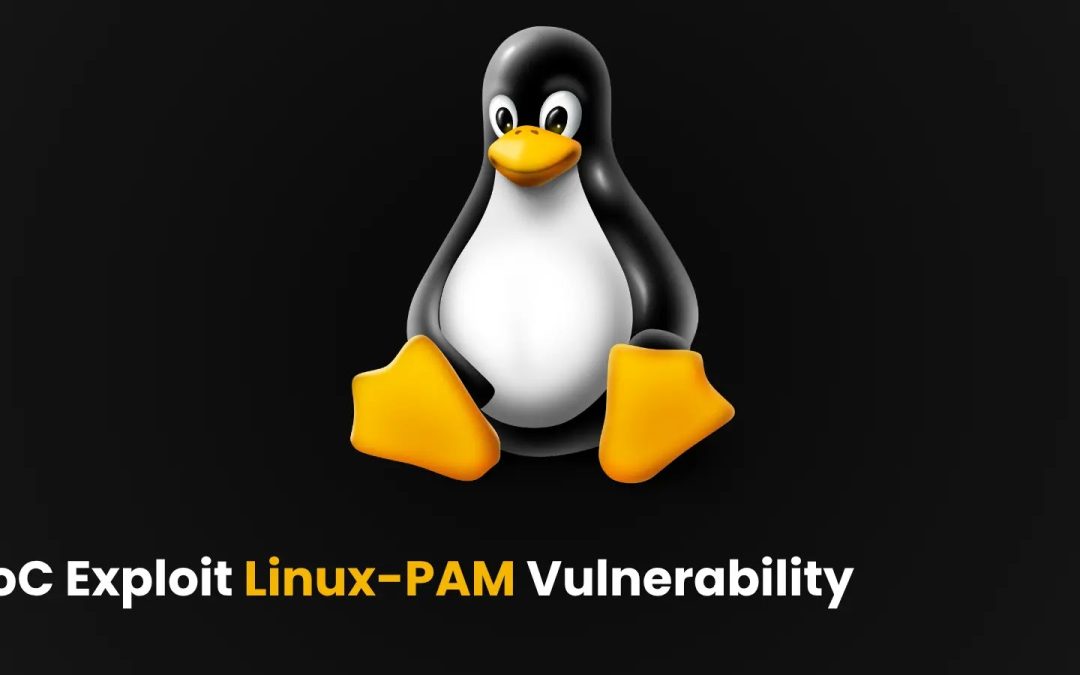“`html
A critical vulnerability within the Pluggable Authentication Modules (PAM) framework has been assigned the identifier CVE-2025-8941.
This flaw originates from the core of Linux operating systems, allowing adversaries with local access to perform symlink attacks and race conditions for total root privilege elevation.
Root access, the epitome of authority in Unix-like environments, could facilitate widespread system breaches and data leaks, highlighting the hazards present even in the most reliable open-source utilities.
Security analysts alert that this predicament requires urgent action, particularly for servers and desktops that depend on Linux-PAM for user validation.
Local users could potentially gain superuser status, raising alarms for both corporate networks and personal devices. The revelation of this vulnerability illustrates the continuing challenges in safeguarding authentication frameworks as threats evolve.
Symlinks and Race Conditions Revealed
CVE-2025-8941 has garnered a high severity rating of 7.8 on the CVSS v3.1 scale, indicating its capacity for catastrophic consequences. It necessitates local access and minimal privileges but requires some interaction from the user, rendering it a stealthy threat in shared environments.
| Aspect | Details |
|---|---|
| CVE ID | CVE-2025-8941 |
| Severity | High (7.8 CVSS Score) |
| Attack Vector | Local |
| Privileges Required | Low |
| User Interaction | Required |
| Impact | System compromise, data exposure |
All versions of Linux-PAM prior to the most recent updates are vulnerable, affecting distributions such as Ubuntu, Fedora, and Red Hat Enterprise Linux. Although remote exploitation is not feasible, the local access pathway intensifies threats within multi-user environments.
As stated by Ameeba’s blog, the flaw exists in the pam_namespace module, which governs namespaces for user sessions.
A mismanagement of user-controlled paths permits resourceful attackers to introduce symbolic links that commandeer directory creation processes.
By capitalizing on a race condition where timing syncs perfectly, the intruder deceives the system into creating sensitive structures on the root file system.
To grasp the mechanics, consider the following simplified pseudocode:
text# Attacker establishes a symlink in a user-controlled path
ln -s /root /tmp/victim/symlink
# Race condition activates during pam_namespace directory generation
# If timed accurately, the directory ends up in root's domain
# Attacker escalates through modified permissions
chmod 777 /root
Real-world exploitation would necessitate advanced scripting and precise timing; however, success affords root-level control, enabling the deployment of malware or data theft.
The most effective countermeasure is prompt patching from distribution providers, expected shortly for most Linux variations. In the meantime, administrators should scrutinize local user privileges, disable superfluous pam_namespace functionalities, and monitor for dubious symlink activities using tools such as auditd.
While web application firewalls (WAFs) or intrusion detection systems (IDS) provide partial defenses against related threats, they fall short of local exploits that circumvent network layers. Experts advise organizations to prioritize this in their patch management routines to prevent possible chaos.
“`

